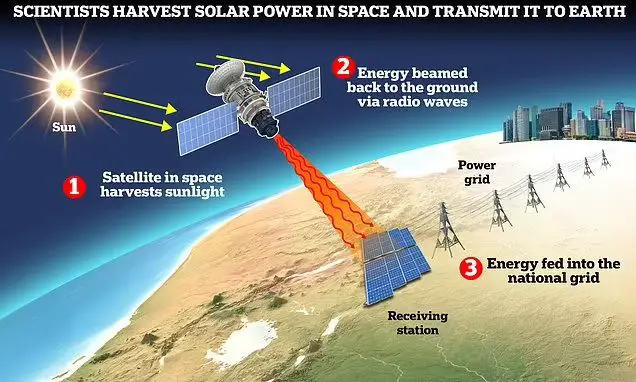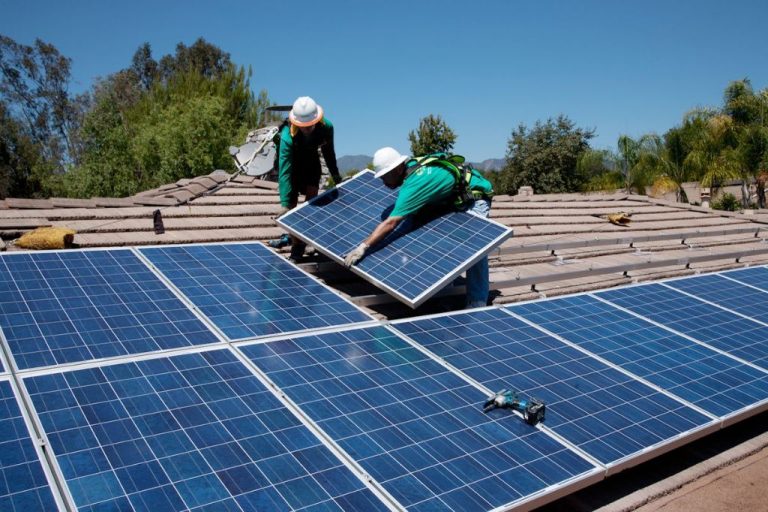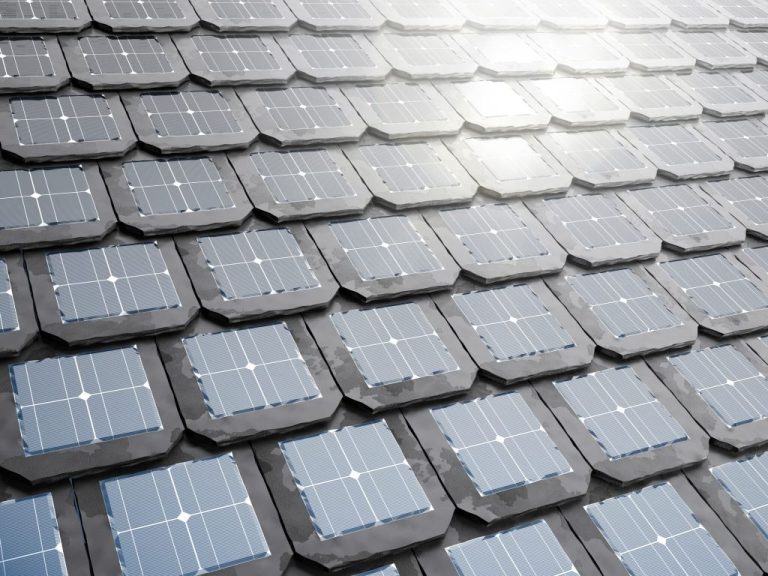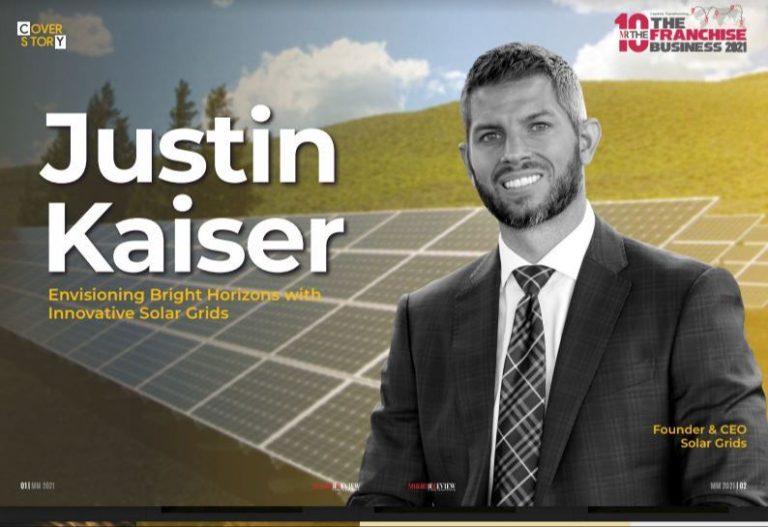Is Electricity From Renewable Energy Sources Now Cheaper Than Ever?
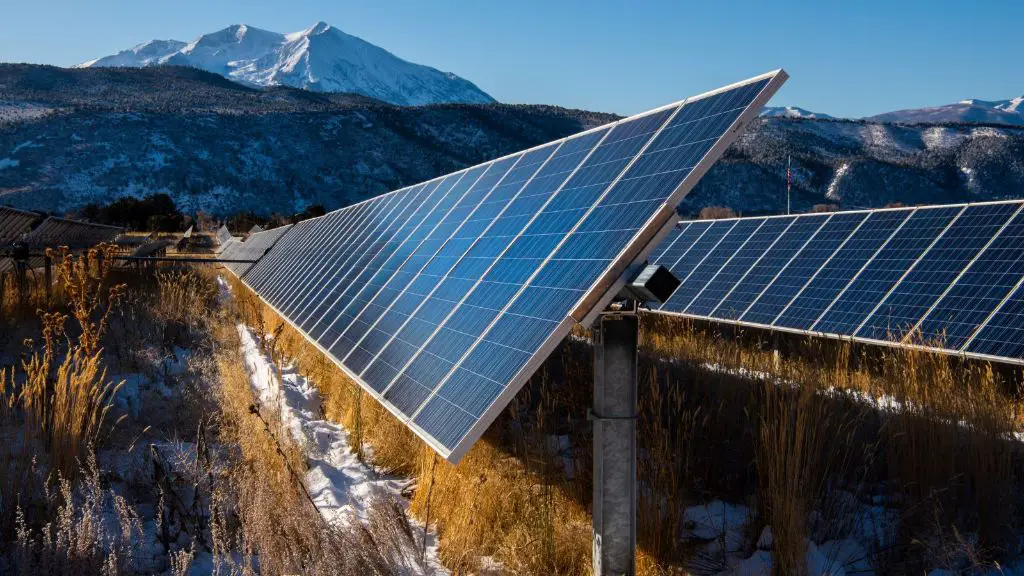
The cost of electricity from renewable energy sources like solar and wind has declined substantially in recent years. In fact, electricity from renewables is now cheaper than ever before in many parts of the world. This trend has major implications for the future of energy and the urgent need to address climate change. Affordable renewable energy creates opportunities to transition away from fossil fuels and build a more sustainable energy system.
This article will provide an overview of the recent cost declines for key renewable energy technologies. It will analyze the factors driving down costs and compare the latest costs of renewables versus conventional energy sources. The article will also discuss future projections for renewable energy pricing, remaining challenges, and the potential impact of increasingly competitive clean electricity.
History of Renewable Energy Costs
The costs of renewable energy like solar and wind have dropped dramatically in recent decades. According to a report by the International Renewable Energy Agency, the global weighted average levelized cost of electricity (LCOE) for solar photovoltaics declined by 85% between 2010 and 2019, from around $0.38/kWh to $0.057/kWh. For onshore wind, costs dropped by 56% over the same period, from around $0.085/kWh in 2010 to $0.039/kWh in 2019.
This downward trend in costs has continued in the last few years. An analysis by Carbon Brief found that in 2020, utility-scale solar photovoltaics cost between $30-60/MWh in Europe and the US, and just $20-40/MWh in China and India. This represents more than an 80% decline in costs for solar PV since 2010.
Similarly, onshore wind costs have fallen to $30-60/MWh in most major markets. Cost reductions for renewable energy technologies like solar PV and wind have far outpaced projections and expectations over the past 10-20 years.
Recent Drops in Solar Costs
Solar PV panel costs have declined dramatically over the last decade. The cost of crystalline silicon PV panels declined by approximately 85% from 2010 to 2019 according to Vartiainen (2022). Prices have fallen due to increased manufacturing scale, technological improvements, and learning effects. China has become a dominant manufacturer, capturing 80% of the market and driving economics of scale. Automation and increased cell and module efficiencies have improved yield while reducing materials used. Soft costs like customer acquisition, permitting, and financing have also declined with maturity.
Recent Drops in Wind Costs
The cost of wind turbines has decreased substantially in recent years, driving down the overall cost of wind energy. According to a study by TNO, wind turbine costs have declined due to “decrease of capital cost” [1]. Advances in turbine technology and manufacturing have allowed for larger, more efficient turbines. As turbine sizes have increased, so has productivity. Larger turbines are able to capture more wind energy and convert it into more electricity. This improved productivity combined with economies of scale in manufacturing has brought down capital costs.
In addition, increased competition among turbine manufacturers has helped drive down costs. More players in the market has led to greater manufacturing efficiencies and technological innovations that lower costs.
Factors Behind the Cost Decline
A major factor driving down the costs of renewable energy like solar and wind has been significant economies of scale. As demand for renewable energy technologies has grown globally, manufacturers have been able to produce at larger volumes, bringing down costs through economies of scale. According to The Economist, the average size of a new solar photovoltaic plant increased from 4.6 megawatts in 2006 to more than 150 megawatts by 2016. Larger plants mean lower fixed costs per unit of energy produced.
Technological improvements have also played a key role in reducing renewable energy costs over the past decade. Advancements in materials, design, and manufacturing have improved the efficiency of solar panels and wind turbines while lowering production expenses. For example, improvements in blade design and height of wind turbines have increased the amount of energy captured from wind. Meanwhile, increased solar cell efficiency has boosted the productivity of solar panels. As technology continues to advance, further cost declines are expected.
Current Cost Comparison
According to data from Our World in Data, the levelized cost of energy from renewable sources like solar PV and onshore wind is now cheaper than fossil fuels like coal and gas [1]. Levelized cost represents the average cost per unit of electricity generated across the lifetime of a power plant. In 2020, the estimated levelized cost per megawatt hour (MWh) was around $37-41 for utility-scale solar PV, $26-54 for onshore wind, $44-73 for coal, and $41-74 for natural gas combined cycle.
The costs for renewables have fallen dramatically in the last decade. According to the US Energy Information Administration, the levelized cost of onshore wind dropped by 71% between 2009 and 2020 while utility-scale solar PV costs fell by 90% [2]. In comparison, fossil fuel costs have remained relatively flat or even increased for coal and gas over the same period.
Many experts predict the cost advantage for renewables will continue into the future. Analysis from Energy Innovation forecasts that by 2023, onshore wind and solar PV will be cheaper than even the operating costs of existing coal and gas plants [3]. This cost parity makes new investments in fossil fuels increasingly unattractive.
Future Cost Projections
Many analysts expect renewable energy costs, especially solar and wind, to continue decreasing in the coming years and decades. According to the International Energy Agency’s Renewable Energy Market Update, solar PV and wind costs are projected to remain competitive with fossil fuels through 2026 even with some near-term cost increases. The IEA predicts renewable costs resuming a long-term downward trajectory as supply chain disruptions ease.
Looking further ahead, projections suggest costs could fall an additional 40-70% by 2050. Continued technology improvements, manufacturing scale and experience, and supply chain development are expected to drive down costs. However, the rate of future cost declines may moderate as technologies mature.
Challenges That Remain
While renewable energy costs have declined substantially, there are still challenges that remain before it can fully replace fossil fuels. Three major challenges involve intermittency, storage, and transmission.1
Intermittency refers to the fact that renewable energy sources like solar and wind are weather-dependent and only generate power when the sun is shining or wind is blowing. This creates reliability issues for matching power supply with demand. Storage solutions like batteries can help address intermittency by saving excess power for later use. However, storage technology remains expensive.
Transmission challenges also exist in getting renewable power from source to end users. Solar and wind farms are often located far from cities and existing transmission infrastructure is lacking. Major investments in new high-voltage transmission lines are needed to distribute renewable electricity.2
Until these challenges are fully addressed, they will limit the scale and penetration of renewable energy possible on power grids. However, continued technology improvements and infrastructure investment can help overcome these remaining hurdles over time.
1 https://www.sap.com/insights/renewable-energy-challenges.html
2 https://www.trvst.world/renewable-energy/challenges-for-renewable-energy/
Implications and Impact
The declining costs of renewable energy sources have broad implications across several areas. On climate, the falling prices for wind and solar make decarbonization more feasible and cost-effective. This accelerates the transition away from fossil fuels, enabling substantial reductions in greenhouse gas emissions.1 With clean energy becoming price-competitive, countries can slash emissions while still providing affordable electricity.
In terms of energy access, lower costs allow developing countries to expand electrification more rapidly using distributed renewables. Small-scale solar and wind systems can provide basic power even in remote areas without extensive grid infrastructure.2 Affordable renewables make energy poverty reduction realistic for the first time.
Regarding energy independence, domestic renewable energy sources reduce reliance on imported fossil fuels. This improves energy security, limits exposure to fuel price shocks, and provides greater control over energy costs. With wind and solar plants built locally, nations gain energy self-sufficiency.3 In sum, affordable renewables offer climate, access, and independence benefits.
Conclusion
In summary, the cost of electricity from renewable energy sources like solar and wind has declined substantially in recent years, becoming cost competitive with fossil fuel sources in many parts of the world. This is due to technological improvements, manufacturing scale, favorable policies, and other market forces. Major reports show renewables consistently undercutting fossil fuels on cost when new generation is added to grids.
While challenges like intermittency and storage remain, the overall trends point to renewables continuing to get cheaper. Their low operating costs compared to fossil fuels also make them attractive financially. This implies renewable energy is likely to keep growing its share of electricity generation across the globe. Consumers and corporations increasingly opt for renewables for electricity needs. Nations aim higher for carbon-free power in line with climate goals. The clean energy transition is accelerating.
To continue this shift, further policies, grid flexibility, and storage solutions can facilitate greater renewable penetration. Individuals can also make choices about their energy consumption and suppliers. The falling prices reveal renewable electricity’s enormous potential to mitigate climate change and build sustainable energy systems. The clean energy era is dawning.

